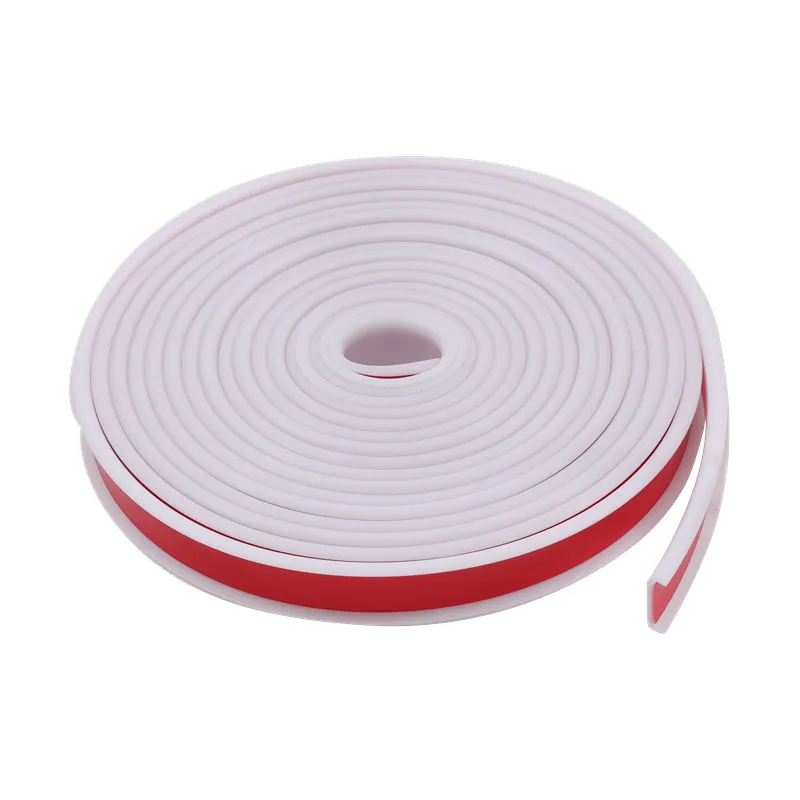How to Install Weather Stripping for Your Car Doors Effectively
Weather Stripping for Car Doors A Guide to Comfort and Protection
Weather stripping is a crucial aspect often overlooked when it comes to automobile maintenance. It refers to the materials used to seal the gaps around car doors, windows, and other openings to prevent air, moisture, and dirt from entering the vehicle. The importance of proper weather stripping cannot be understated, as it plays a significant role in the overall comfort and protection of the vehicle and its passengers.
The Purpose of Weather Stripping
Primarily, weather stripping serves as a barrier that keeps unwanted elements out of your car. This includes rain, snow, and dust, all of which can degrade the interior of your vehicle over time. When weatherstripping is in good condition, it maintains a comfortable cabin environment by ensuring that heating and air conditioning systems work efficiently. A well-sealed car will retain its climate better, requiring less energy to heat or cool, which can contribute to better fuel efficiency.
Moreover, effective weather stripping can help reduce outside noise significantly. If you’ve ever driven in a car with deteriorating door seals, you’ll know how disruptive wind and road noise can be. Replacing worn weather stripping can create a quieter, more pleasant driving experience.
Identifying Signs of Worn Weather Stripping
Over time, the rubber materials used in weather stripping can degrade due to exposure to sunlight, ozone, and extreme temperatures. Here are some signs that the weather stripping on your car doors may need attention
1. Water Leaks If you notice any moisture inside the vehicle after rain or washing, the weather stripping may be failing. 2. Drafts If you feel drafts while driving, it is likely that the seals around your doors are compromised.
3. Visible Damage Inspect the rubber for cracks, tears, or areas that appear to be separated from the frame.
weather stripping door car

4. Increased Noise A noticeable increase in outside noise while driving can indicate that the weather stripping is no longer effective.
Replacing Weather Stripping
Replacing weather stripping is often a straightforward DIY task if you have the right materials. The first step is purchasing the appropriate weather stripping material, which can be found at automotive supply stores. There are various types available, such as adhesive-backed foam tape, rubber gaskets, or complete door seal kits.
1. Remove Old Weather Stripping Start by carefully peeling away the old material from the door frame. It’s essential to clean any adhesive residues using a suitable cleaner to ensure a good bond for the new stripping.
2. Measure and Cut Measure the length of the door frame and cut the new weather stripping to the correct size.
3. Apply New Weather Stripping Carefully align and press the new weather stripping into place. For adhesive-based products, make sure to press firmly to ensure a good seal.
4. Test the Seal After installation, close the door and check for any gaps. A proper seal should prevent any drafts or water from entering.
Conclusion
Keeping your car's weather stripping in good condition is vital for maintaining a comfortable and protected vehicle. Not only will it enhance your driving experience by reducing noise and keeping the cabin climate controlled, but it will also help protect your car's interior from water damage and wear. Regularly inspecting and replacing worn weather stripping can save you money in the long run and ensure that your vehicle remains in top condition. So, next time you think about car maintenance, don't forget to include weather stripping in your checklist. A small investment in sealing can lead to significant benefits in comfort and longevity for your vehicle.
-
Under Door Draught Stopper: Essential ProtectionNewsJul.31,2025
-
Garage Door Seal and Weatherstrips for ProtectionNewsJul.31,2025
-
Edge Banding Tape for Perfect EdgesNewsJul.31,2025
-
Table Corner Guards and Wall Corner ProtectorsNewsJul.31,2025
-
Stair Nose Edging Trim and Tile Stair SolutionsNewsJul.31,2025
-
Truck Bed Rubber Mats for Pickup BedsNewsJul.31,2025
-
Window Weather Stripping for Noise ReductionNewsJul.29,2025